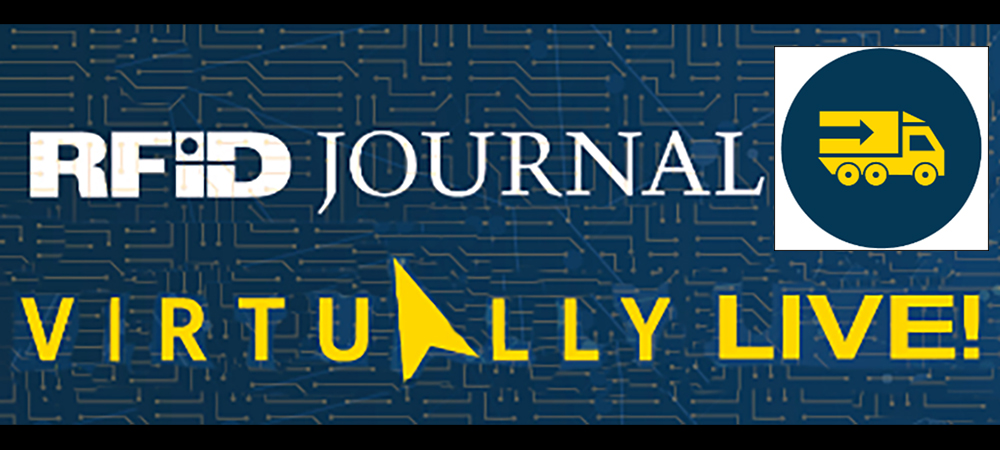The radio frequency identification (RFID) market is booming in Brazil due to the growth that e-commerce has been experiencing, stimulated by the COVID-19 pandemic. Recently, IoP Journal published an exclusive interview with Vanderlei Ferreira, the CEO of Zebra Technologies‘ Brazilian subsidiary. Ferreira provided information about the Brazilian RFID scene, and he will take part in a panel discussion about RFID and the Internet of Things (IoT) in Brazil during next week’s RFID Journal Virtually LIVE! conference and exhibition. Those interested in participating in the panel (taking place on Oct. 1 from 2:30 PM to 3:00 PM, Brazil time) must register for Virtually LIVE! and click on Grupo de Discussão (Portuguese language).
During his discussion with IoP Journal, Ferreira outlined seven factors to consider when buying a commercial label printer. As a first step, a company must determine its needs and evaluate the options available on the market. In addition, he says, it is important to ask three questions: Why buy such a printer? Where will it be used? And what will be its real purpose? If a company is looking to optimize its operations and make them more productive, or if it is starting an internal scanning process in order to achieve greater visibility and traceability in real time, the purchasing of this type of equipment is the right move.

IoP Journal’s Edson Perin (left) and Zebra Brasil’s Vanderlei Ferreira
From that point forward, Ferreira says, it is essential to have specialized suppliers that can guide each step of the process: choice, installation and use. Such professionals can assist in the correct identification of a company’s needs, whether it be an industrial printer, a desktop printer or a printer for personal identification cards. Once these questions are answered, other aspects must be analyzed to achieve a successful strategy that can meet the objectives initially defined. Ferreira shares several points that can help users meet this goal:
Rapid implementation: Time is a resource that cannot be recovered, and if the choice made is for a computer with easy setup and simple connection to a mobile device, the processes to be corrected should improve quickly. In this case, Ferreira says, the chosen printer must offer an application that guides the configuration step by step, without the need for specific technical knowledge.
Ease of use: With regard to “easy to use” equipment, it should be understood as “less frustration and less waste of time.” Ferreira recommends that a user choose printers that utilize color-coded touch points and include internal diagrams; that way, even a beginner can maintain and use them correctly. In addition, it is important to pay attention to components, such as printhead pressure-adjustment buttons and supply sensors, and to verify that they are designed to simplify operation. It is also worth researching videos or support channels on the Internet to resolve any errors quickly.
Effortless device management: A commercial label printer must have a device that can be monitored and updated over the Internet, which means time savings. In addition, remote access offers an immediate view of a printer’s performance status, ensuring longer uptime. The device allows users to verify that a printer offers an encrypted connection to the cloud so that it can be connected directly and securely to applications running on it.
Accounting and support: In addition to ensuring that a printer is designed to withstand dirt, dust, heat, cold and humidity, understanding maintenance and support options is vital, Ferreira says. Consideration of printers supported by trusted global organizations can improve workflow. The ideal scenario is to buy equipment that does not require tools to replace defective parts, and that allows a user to easily replace the same parts used.
Flexibility in the face of change: Technology is constantly evolving, as are printing needs. It is common nowadays to use bar codes, but in the near future, the use of RFID will most likely become necessary, Ferreira predicts. That is why it is important to invest in a printer designed to adapt to changes that allows users to add new features. The inclusion of slots, for example, is a welcome feature since new communication ports may be added. It is also useful to choose a printer offering supply management options (for example, a label cutter or a separator) that can be installed in the field, or that has a good accessory ecosystem to enhance the user experience.
Integrated security: An increase in the number of connected devices means that there are more and more access points to an organization’s infrastructure, Ferreira says—and the same happens with printers. Therefore, strengthening security is essential. Printers that offer deep layers of integrated security, from encryption to preventive tools and proactive measures, can be used to protect systems.
Supply quality: Whether for an industrial, desktop or ID card printer, it is important to have the right supplies that do not generate high costs and that guarantee print quality, durability and reading performance, reducing the wear of the print heads.
Brand: Finally, Ferreira says, the brand should be considered. Choosing a business partner that has a consolidated reputation in the high-quality printer segment can make a difference and offer reliability. Some suppliers offer several brands, while others work with a single manufacturer. He recommends that users choose a supplier that will take the time to fully understand their needs and offer the right solutions to meet them.
Whether for a large company or a startup, Ferreira says, in the current context and with increasing levels of demand, companies must think about investing in technology that will bring greater competitive advantage. Making the right decision helps to save time and costs in managing, repairing or troubleshooting, he adds—which is why it is important for users to buy a business label printer that will allow them to achieve their business goals without major setbacks.
RFID Journal Virtually LIVE! will feature a lecture in English offered by IoP Journal’s Edson Perin, during which he will discuss innovations and business opportunities. Perin will address the opportunities that exist for the RFID world in the Internet of Packaging (IoP) market, which encompasses smart packaging and increasingly intelligent and active supply chains. The lecture will be titled “Breakthroughs in Smart Packaging: Revolutionizing the Link Between Manufacturers and Consumers.”


